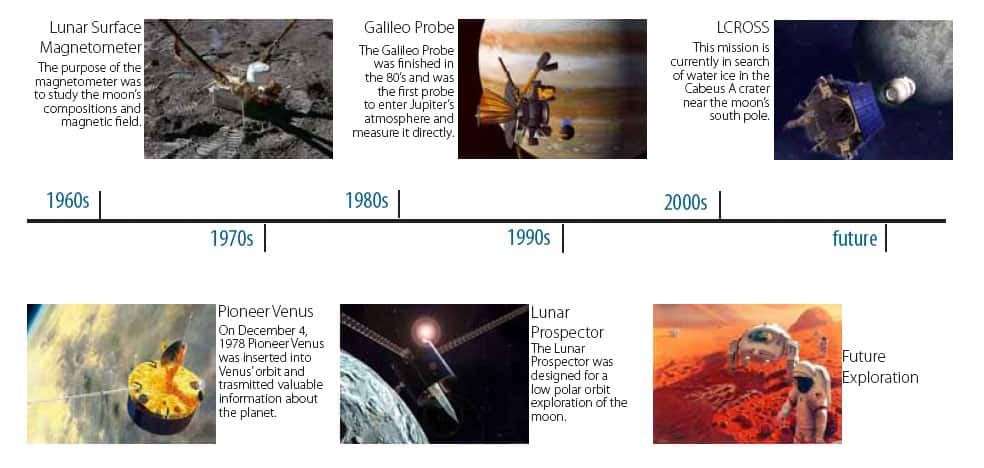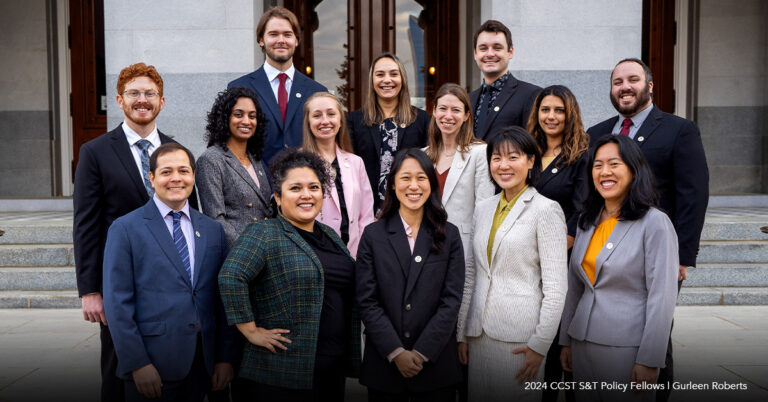Update: Applications for the CCST Science & Technology Policy Fellowship Have Closed
Fifty years of NASA in California
October 13, 2009 | CCST Newsroom, Federal Research in California | Contact: M. Daniel DeCillis
When the first human-made satellite was launched by the Soviet Union in 1957, aeronautic research and development in the United States rested in the hands of multiple agencies and programs including the Air Force, the Navy, and the Army. In 1958 the National Aeronautics and Space Act, signed by President Eisenhower, brought together all these programs under the umbrella of a national civilian space agency. NASA succeeded the National Advisory Committee for Aeronautics (NACA), which had guided American aeronautical research since World War I; NASA absorbed its predecessor’s research program intact, including over 8,000 employees, three major research laboratories, and two small test facilities, in addition to elements of the Army Ballistic Missile Agency and the Naval Research Laboratory.
From its inception, NASA has had strong ties to California’s research community, with Ames Research Center and the Jet Propulsion Laboratory (both CCST federal laboratory affiliates) as well as the Dryden Flight Research Center leading the way for many of the agency’s most important missions. No other state boasts so many NASA facilities.
The Ames Aeronautical Laboratory (now the Ames Research Center) was one of the three major laboratories NASA took over from NACA. Now the home of NASA’s research and development divisions in Advanced Supercomputing, Artificial Intelligence, and Thermal Protection Systems, Ames in 1958 was known in large part for its wind tunnels, the largest in the world. Its 40 by 80 foot wind tunnel circuit (constructed in the 1940s) was capable of testing full-scale planes, and its Unitary Plan Wind Tunnel, completed in 1956, has been used to test every major commercial transport and almost every military jet built in the United States over the last 40 years, as well as the Mercury, Gemini, and Apollo capsules and the Space Shuttle. Fifty years of NASA in California Today, Ames is overseeing the Lunar Crater Observation and Sensing Satellite (LCROSS), which may confirm the presence or absence of water ice on the moon by October 9 2009.
In December 1958, NASA also gained control of the Jet Propulsion Laboratory, a contractor facility operated by the California Institute of Technology. With a history of rocket experiments dating back to 1936, JPL partnered with the Army Ballistic Missile Agency’s Redstone Arsenal in Alabama to launch America’s first satellite, Explorer 1, 31 January 1958. JPL became NASA’s primary planetary spacecraft center. JPL engineers designed and operated Ranger and Surveyor missions to the Moon that prepared the way for Apollo, and JPL also led the way in interplanetary exploration with the Mariner missions to Venus, Mars, and Mercury.







